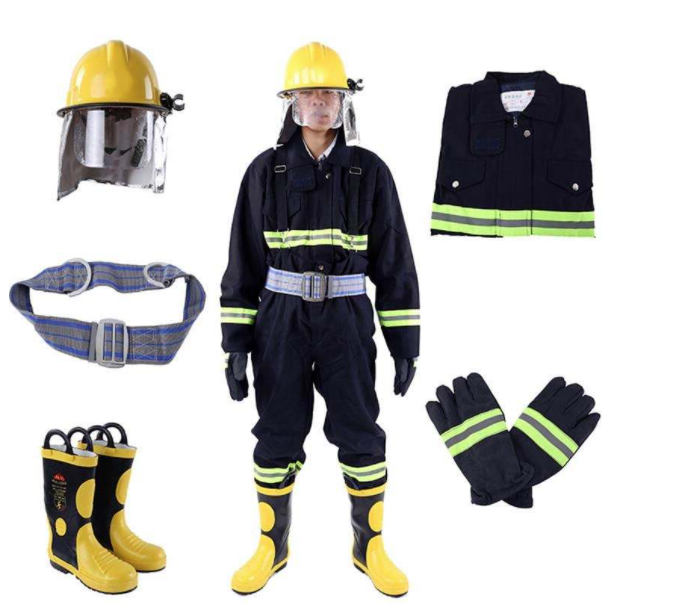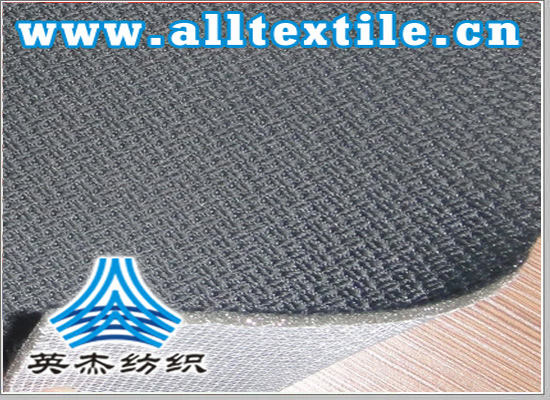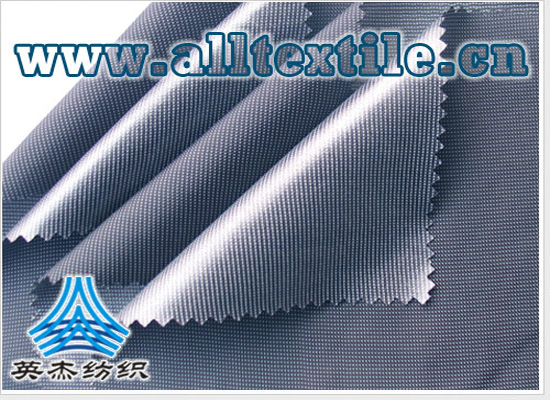Flame retardant fabric testing standards and testing methods!
What is flame retardant fabric
It is processed by special production technology to effectively prevent the spread of flames. Textiles after flame-retardant finishing will not burn when exposed to fire sources. Instead, they can reduce the flammability of the fabric in flames, slow down the spread of flames, and prevent the formation of large areas. It burns; and after leaving the flame, it can self-extinguish quickly and no longer burn or smolder. Has good durable washing properties.

The main processes include: THPC (water-soluble flame retardant penetrates into the fiber, turns into a polymer after ammonia fumigation chemical reaction, and is permanently cross-linked with the fiber), CP (Pyrovatex)
American Standard
The National Fire Protection Association has developed a series of standards for the technical performance of different flame-retardant protective clothing. The main ones related to flame-retardant fabrics are NFPA2112
NFPA 2112 Standard for Personal Protective Flame Retardant Clothing for Industrial Use
The flame retardant test adopts the vertical burning method specified in the ASTM D6413 standard. The material must meet the following requirements after testing:
The average char length cannot exceed 102 mm.
The average afterburning time cannot exceed 2s.
There should be no molten drippings after the sample is ignited.
For multi-layer materials, each layer needs to be individually tested and pass the above requirements.
The rest of the tests included are:
Indirect HTP (Heat Transfer Performance)≥25J/c㎡ (6.0 cal/c㎡)
Direct HTP (Heat Transfer Performance)≥12.6J/c㎡ (3.0 cal/c㎡)
Thermal Shrinkage ≤10%
Flash Fire ≤50% (exposed areas, hands and feet)
EU standards
The EU’s flame retardant testing standards for protective clothing are mainly formulated by the EU Technical Committee (CEN/TC). The current standards include EN ISO 11611:2007, EN ISO 11612:2008, EN ISO 14116:2008/AC:2009
EN11611:2007 Protective clothing for welding and similar processes
The test is performed in accordance with the ISO 15025:2000 standard, which includes two test methods: surface burning and vertical burning. Depending on the type of material, one or both methods may be chosen for testing. For surface burning testing, materials must meet the following requirements:
After any test sample is ignited, it cannot burn and spread to the edge of the fabric or the upper end of the fabric.
No holes should be formed in any test sample after being ignited.
There should be no burning droplets or molten material falling after any test sample is ignited.
The average afterburning time must be less than or equal to 2s.
The average smoldering time must be less than or equal to 2 seconds.
EN ISO 11611 divides flame retardant safety levels into Class 1 and Class 2. The technical indicators of the two levels are the same, and the materials must meet the above requirements for surface and bottom combustion.
EN11612:2007 Protective clothing for workers operating in high temperature environments
This standard specifies requirements for the fabric’s overall performance, structural design, dimensional stability, flame spread, heat and melting metal resistance, size markings and shipping marks. The flame retardant test method is implemented in accordance with the ISO 15025 standard, and the flame retardant performance requirements are the same as EN11611. Consistent, but the EN ISO 11612 standard does not classify safety levels.
Chinese standards
Standard GB 8965.1-2009 for firefighting clothing and welding clothing issued by the General Administration of Quality Supervision, Inspection and Quarantine of the People’s Republic of China and the National Standardization Administration of China.
GB8965-1: 2009 Class B
The flame retardant test is performed in accordance with GB/T 5455-1997 vertical burning method, Class B standard requirements
Afterburning time ≤2s
Smoldering time ≤2s
Damage length≤100mm
No molten drippings allowed
Test methods
1Vertical method
This test method stipulates that the sample is placed vertically (the length direction of the sample is perpendicular to the horizontal line), the combustion source ignites the sample below the sample, and the minimum ignition time, afterburning time, flame retardant time, and flame spread of the sample are tested. Indicators related to flame retardant performance include speed, carbonization length (damage length), carbonization area (damage area), etc. The vertical burning method is mainly used for flame retardant testing of clothing textiles, curtains and other fabrics.
Common vertical test standards:
GB/T 5455 Textile combustion performance test
GB/T 8745 Combustion properties of textiles Determination of burning time on fabric surface
CA TB117 California fire retardant test
16 CFR 1615/1616 Flammability Standard for Children’s Pajamas
245°tilt method
This test method stipulates that the sample is placed at an angle of 45° (the length direction of the sample is at an angle of 45° to the horizontal), the combustion source ignites the sample on the upper or lower surface below the sample, and the distance at which the sample burns upward is measured. The required time, or measuring the afterburning of the sample after burning, flame retardant time, flame spread speed, charring length, charring area, or measuring the number of times the sample needs to be exposed to the flame at a certain distance from the lower end of the sample, etc. are related to the flame retardant performance. instructions. The 45° tilt method is mainly used for flame retardant testing of carpets and other fabrics.

Common tilt method test standards:
GB/T 14645 Determination of burning properties of textile fabrics at 45° direction, damage area and number of flame encounters
ASTM D 1230 Test Method for Flammability of Clothing Textiles
NFPA 702 Flame Retardant Standard for Hospital Clothing and Bedding Fabrics in California, USA
BIFMA Test Standard for Interior Decoration Materials
3 levels method
This test method stipulates that the sample is placed horizontally, ignited at the head end of the sample, the distance the flame spreads on the sample and the time it takes to spread this distance are measured, the burning rate is calculated, and the burning rate is used to characterize the flame retardancy of the fabric. The horizontal method is mainly used for flame retardant testing of automotive interior decoration materials.

Common proficiency test standards:
FZ/T 01028 Level method for determination of combustion properties of textile fabrics
GB 8410 Combustion Characteristics of Automotive Interior Materials
FMVSS302 (USA) Combustion Properties of Interior Decorative Materials for Federal Transportation Vehicles
IEC 60695-11-10 Fire hazard test Part 11-10: Test method for 50W horizontal and vertical flames.



